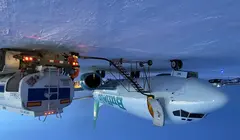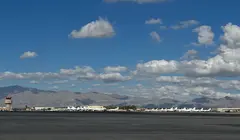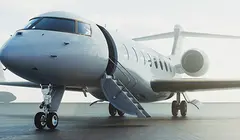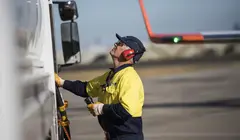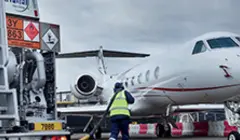Change Management: What is it? When Should I use it?
People quite often ask for a detailed explanation of how to "manage change” and why it must happen in an aviation organization. The simplest answer is that changes bring about additional risks that need to be mitigated and controlled. A few examples of change may include the following: Replacing an aircraft with another type Change of leadership personnel Changes to policies and procedures Crew retention and turnover Adding other locations and operating bases Although most changes in an organization will be pretty straightforward, ANY change in an organization requires some attention. Too often people say that they do not have time for managing a change to a flight operation because they don’t have the resources. This avoidance could have severe consequences going forward.












